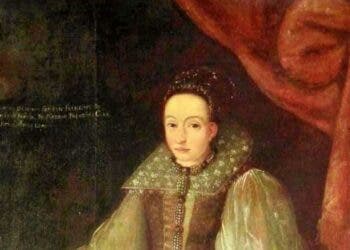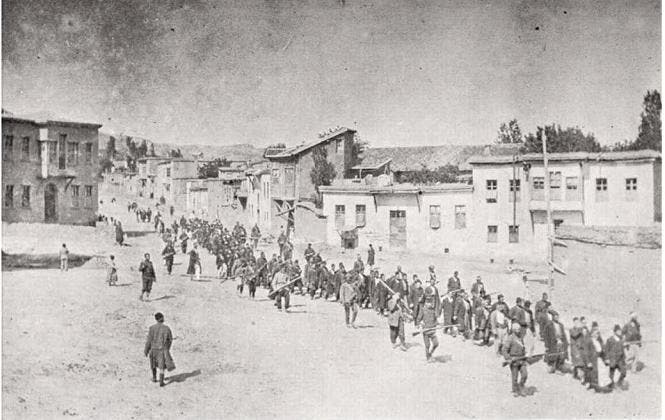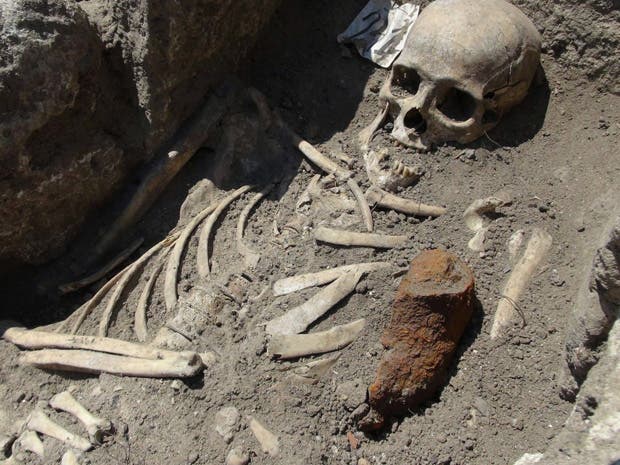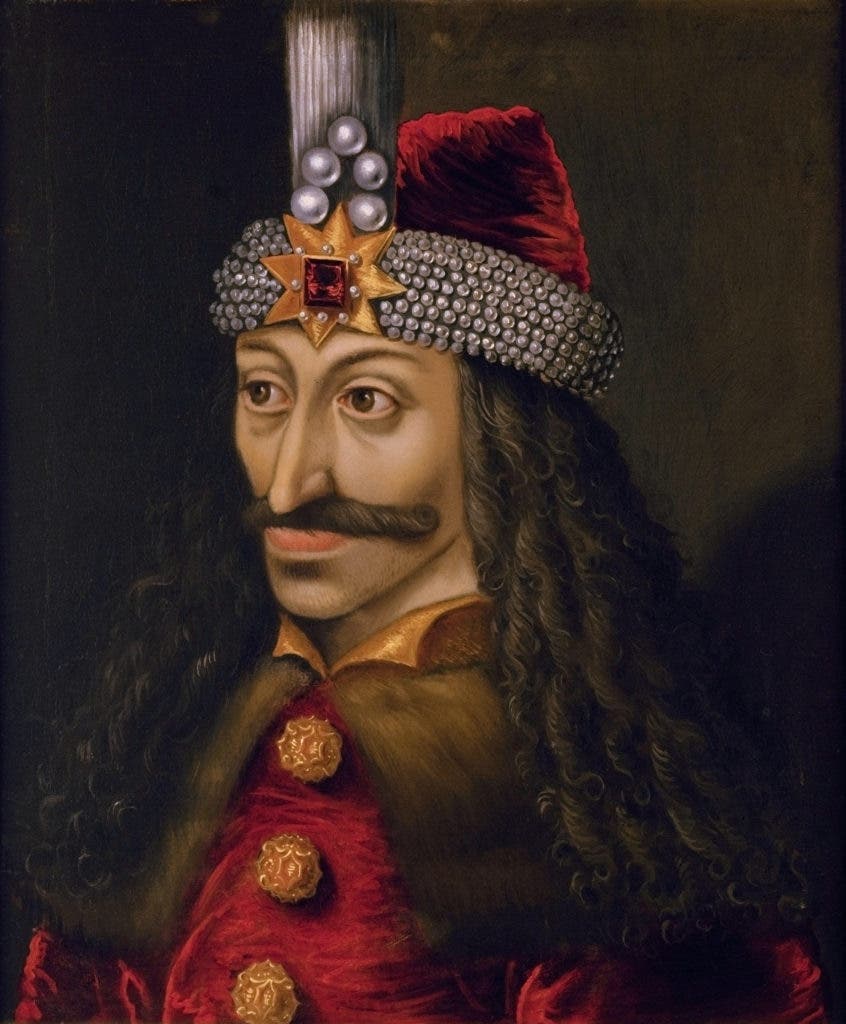
Image credits Kunsthistorisches Museum Wien, Gemäldegalerie.
Few rulers have left such a deep, often harrowing imprint upon our collective imagination as the 15th-century Wallachian voivode Vlad III — nicknamed ‘the Impaler’ by the Ottomans, ‘Dracula’ by Europe, and ‘Ţepeş’ by Romanians. His ruthless but just rule earned him the respect of his people. Many Romanians still admire Vlad to this day and consider his exploits a high point of local history.
At the same time, his oft-brutal bouts of psychological warfare made Vlad infamous with friends and foes alike. Printing presses scandalized Europe with bloody tales of this warlord from the east. His skill at arms and brutal defiance struck fear into the most powerful player of his time — the Ottoman Empire. The voivode would become synonymous with bloodshed and terror after Bram Stoker adopted his name for the famous vampire in his novel Dracula.
But who was Vlad? Was his life as bloody as the mythos would have us believe?
Vlad the Unknown
We don’t really know when or where Vlad III was born. Historian Radu Florescu places his birth sometime in December of 1431 in the town of Sighisoara in present-day Transilvania, Romania, then a Saxon town under the rule of Hungary — however, the date is still up to some debate.
His father was Vlad II Basarab, or Vlad Dracul, the Voivode of Wallachia during much of Dracula’s youth. The identity of his mother is also still heavily debated. Florescu writes that she was one Cneaja (not to be confused with Ana Chiajna), a daughter of neighboring ruler Alexandru I of Moldavia. Matei Cazacu, another Romanian historian, instead proposes that Cneaja was a second wife and thus his adoptive, not biological, mother.
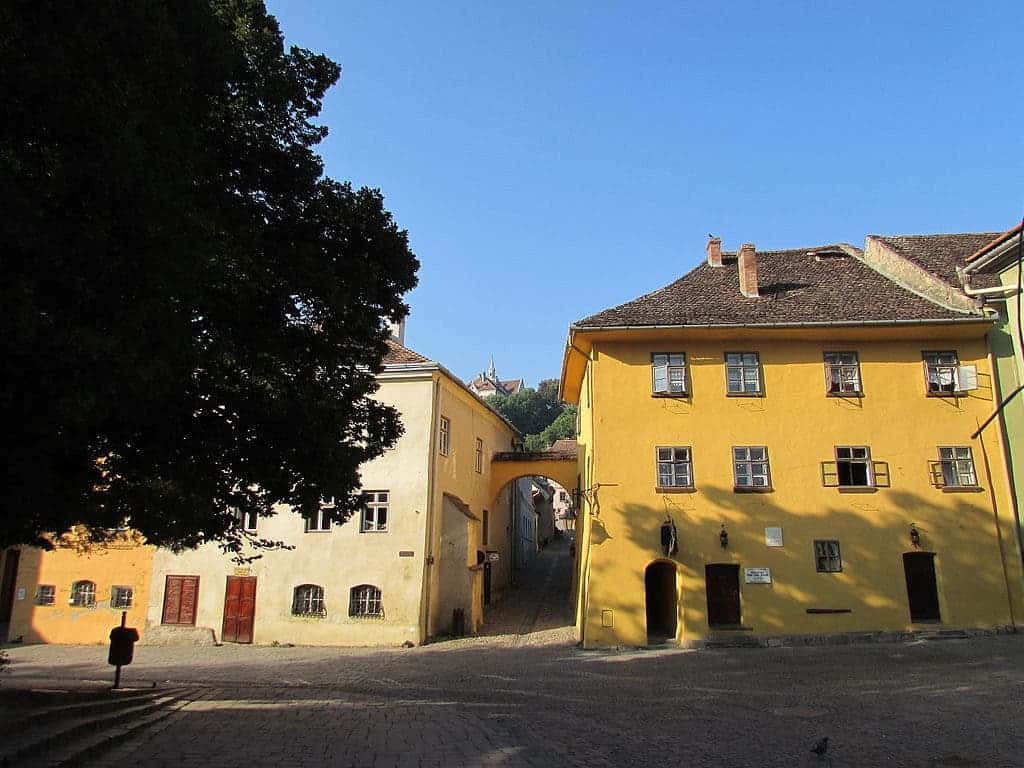
Image credits Cezar Suceveanu.
The first reliable account of Vlad III’s existence comes from a charter his father issued in 1437 mentioning Vlad and his brother Mircea as his “first born sons”. Several subsequent documents issued by Vlad Dracul support this, and some of the older ones also mention a younger brother, Radu.
Now get yourselves comfortable because it’s time for some Balkanic Drama.
Vlad the Bargaining Chip
During the life of Vlad Dracul, the Ottoman Empire had almost complete sway over the southern Balkans. After conquering Constantinople in 1453, the “Queen of Cities” and the jewel of Europe, the Ottomans poured into south-eastern Europe. Needless to say, this didn’t sit very well with the locals or Europeans in general.
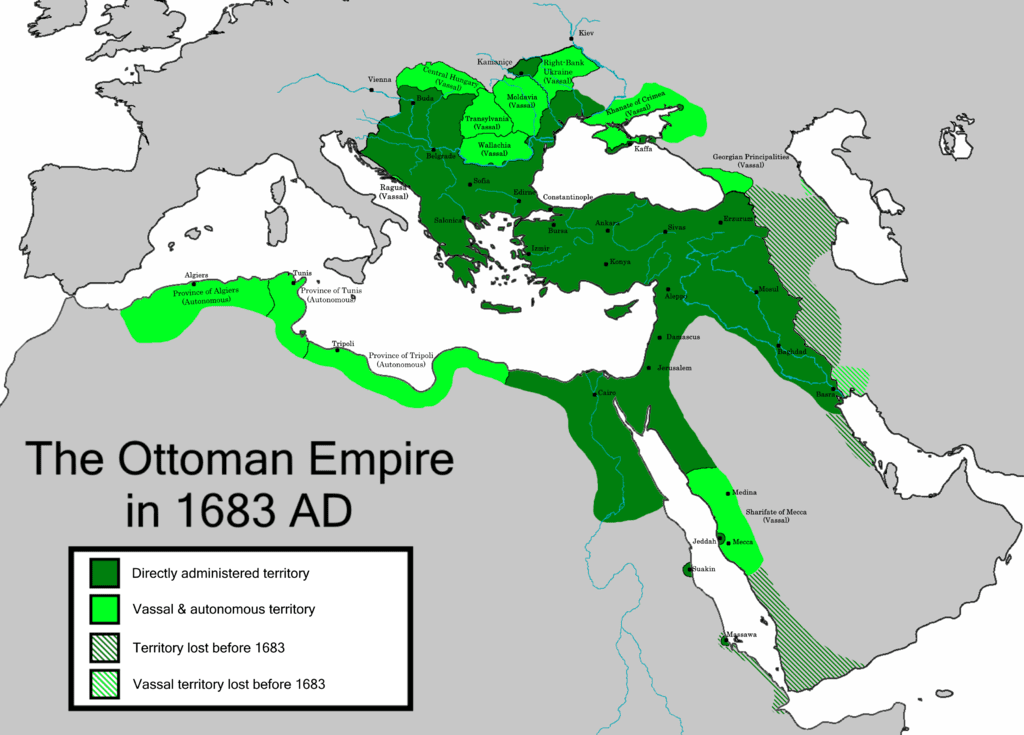
Image credits Wikimedia / Chamboz
The rise of the Ottoman Empire led to the creation of the Societas Draconistarum, the Order of the Dragon, in 1408. Its aim was to defend Christianity from the threat of rival religion Islam. Judging from the map above, one could say they didn’t do a very good job of it. The Ottoman Empire would come to occupy territories as far as Vienna in the west, their vassals reaching as far as Kiev and the Crimean region in the East.
Be that as it may, Vlad II was made a member of the Order in 1431, from which he adopted the moniker ‘Dracul’ (an old word for ‘the dragon’), and rose to the throne of Wallachia in 1436. Vlad the III would come to be known as ‘Draculea’ (‘of the dragon’), which morphed into ‘Dracula’ over time.
This is what we today would call a conflict of interests, as Wallachia accepted the suzerainty of the Ottoman Empire — Wallachia could handle internal matters as it pleased but had to had to pay tribute and follow Ottoman foreign policy — since 1417. After refusing to support an Ottoman invasion of Transylvania, Vlad Dracul was summoned by the Sultan Murad II to explain himself and prove his loyalty. The young Vlad and his brother Radu accompanied him; they were all imprisoned. One year later, the sultan released Dracul, but kept his sons in his ‘care’ to ensure that the voivode would behave himself.
The two remained hostages for six years. Accounts of their time here are often conflicting, but the two seem to have enjoyed relatively good treatment considering their circumstances. This was a relatively common approach the Ottomans employed with high-born offspring taken as hostages. It kept vassals and subjects in line while giving the Ottomans the time and context to shape future rulers into allies of the empire. The time spent here would mark Vlad and Radu (known as ‘the Handsome’) both but in very different ways.
The ploy didn’t much work out for the Ottomans, however. Vlad Dracul would still side with Hungary and Poland against the Ottomans in the Crusade of Varna (1444), convinced that his sons would be butchered “for the sake of Christian peace.” They weren’t, however, and the empire released them after Vlad Dracul agreed to pay homage to Murad II.
Vlad the Voivode
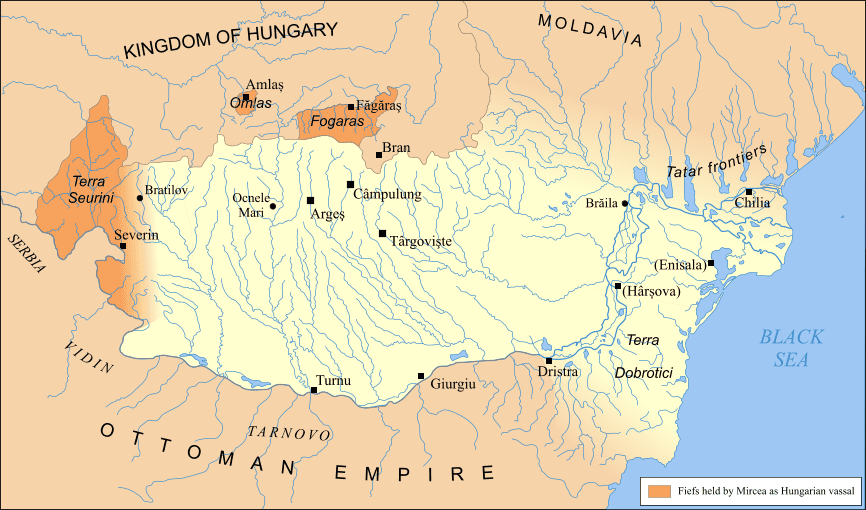
Image credits Anonimu / Wikimedia.
Vlad Dracul and his son Mircea were murdered after John Hunyadi, a Hungarian statesman of Romanian origin, invaded Wallachia in 1447. Hunyadi placed Vladislav II on Wallachia’s throne. Alongside Radu, Vlad III fled to the Ottomans. When the Hungarians tried to push south into the empire in 1448, Vlad was placed at the head of an Ottoman army and fought his way back to Wallachia. Vlad was forced to relinquish control of the Danube fortress city of Giurgiu to the Ottomans.
He would only rule for two months, from August through to October.
Forced to flee as Vladislav and his army returned, Vlad spent several years roaming through the Ottoman Empire and Moldavia. He later tried to settle in Brasov (central Romania, then controlled by Hungary) but Hunyadi forbade the townspeople from giving him shelter. His whereabouts for the next few years are also unknown, but by July 1456 he had obviously made peace with Hunyadi, who tasked him with the defense of the Transylvanian border. Later that year, Vlad invaded Wallachia with help from the Hungarians.
One of the first documents he issued during his second rule was aimed at the burghers of Brasov. Vlad promised to aid them if the Ottomans attacked and asked that they do the same should Wallachia be beset by the Turks.
“When a man or a prince is strong and powerful he can make peace as he wants to,” Vlad wrote in this letter, “but when he is weak, a stronger one will come and do what he wants to him.”
These words are an inkling of the voivode’s worldview by this point, and carry quite a bit of foreshadowing. This period marks the crimson turn of Vlad’s history — the first steps this son of the dragon took towards the spike.
Hundreds of thousands were executed as part of a purge he ordered at the beginning of his reign — vengeance on boyars who had a betrayed his father to Vladislav II, as well as on those he suspected were plotting against him. A shrewd politician, he used the wealth, titles, and property of these and other noblemen to completely reshape the flow of power in Wallachia.
Vlad the Betrayed
After John Hunyadi’s death, Vlad saw his little support in Hungary evaporate virtually overnight. John was a legend at arms throughout Europe and his eldest son, Ladislaus Hunyadi, rose to become Hungary’s captain general quickly after his demise.
Ladislaus was kind of a douche, though. He soon declared that Vlad had no loyalty to the King of Hungary and ordered the people of Brasov to support Dan II and oppose Vlad. They sort of did; the burghers sided with Vlad the Monk — an illegitimate son of Dracula.
Ladislaus would go on to have a splendid (if short-lived) career of messing stuff up. He annoyed the King of Hungary so much that he was executed just one year after his father’s demise. This threw the country into a civil war. Vlad exploited said civil war to raid the villages around Sibiu and Brasov in retribution for the burghers’ treason.
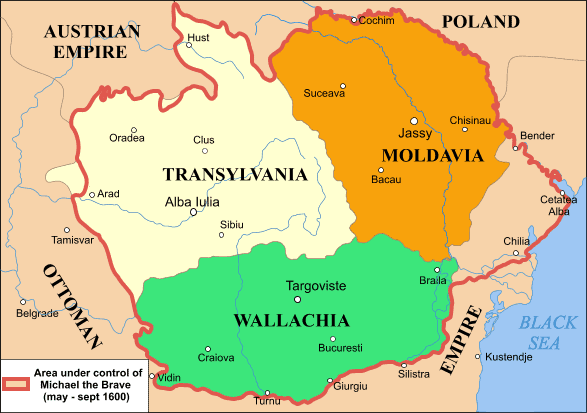
This is when Europe first started to keep an eye on the voivode. Stories about Vlad carrying Saxon “men, women, children” off to Wallachia to have them impaled were told throughout Germany, and would later gain wide-spread appeal in Europe with the advent of the printing press. Whether or not these accounts are true, we can’t say for sure.
Tensions between Vlad and the Transylvanian Saxons eased following these raids. Over time, however, they would be renewed as the Saxons declined to send craftsmen when Vlad requested aid, and the voivode responded by forbidding them from entering Wallachia to sell their goods. When the Saxons confiscated a Wallachian’s merchant steel without payment, Vlad replied. A letter sent by one of Dan II’s sons to local councilmen details his vengeance. The document tells of how Vlad ransacked and impaled merchants, while an account of Dan III holds that Saxon merchants and their children were impaled or burned alive back in Wallachia.
“[H]e captured all the merchants of Brașov and Țara Bârsei who had gone in peace to Wallachia and took all their wealth; but he was not satisfied only with the wealth of these people, but he imprisoned them and impaled them, 41 in all,” the letter read.
“Nor were these people enough; he became even more evil and gathered 300 boys from Brașov and Țara Bârsei that he found [in Wallachia]. Of these he impaled some and burned others.”
Vlad the Impaler
After Dan III attacked Wallachia around April 1460 — and was subsequently defeated and executed — Vlad invaded southern Transylvania. The city of Brasov paid dearly for his wrath; accounts say that after destroying all the suburbs around the city, Vlad ordered all adult captives be impaled. By July 1460, the region accepted the Impaler’s peace, and Vlad had a much tighter hold on Wallachia and his neighboring lands.
Vlad hated the Ottomans for his years as a hostage, their treatment of his family, their exploitation and humiliation of his people, for taking Wallachia’s freedom, for their arrogance and their pagan faith. One folktale recounts the punishment he administered to Ottoman messengers that refused to take off their turbans when speaking with the voivode (a common etiquette when meeting a head of state in the Balkans at the time).
While likely morphed as it passed down orally over time — or by intent, as German versions of this tale swap Ottoman messengers for Florentine envoys — the story goes to show that by this time, with his back secure, Vlad felt at ease defying the Ottomans more openly. From the book “De la Dragos la Cuza-voda: Legende populare românesti” (From Dragos to Cuza-[voivode]: Romanian folk tales):
“‘Why do you behave like this? You come before me to do me great shame.’
And the Turkish messengers replied in one voice: “Such is the way of our country’s rulers!”
And Ţepeş-Voda [Voivode] said onto them: ‘Then I want to strengthen your custom, so you may keep it [better].’ And he ordered his servants to bring nails at once, to fasten with them the hats on the messengers’ heads. After this, he released the messengers and told them:
‘Go tell your master that he is accustomed to suffering such shame from you, but we are not. Let him not send unto us, or in other lands to other rulers, messengers with his customs, for we do not want to receive them’.”
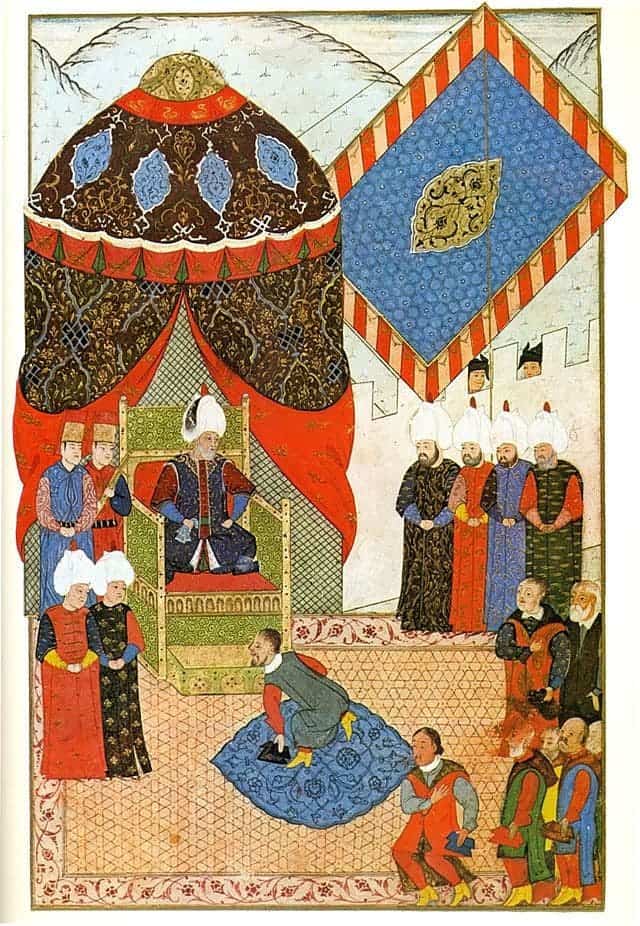
Image via Pintrest.
Following three years during which Vlad failed to pay the annual tribute (10,000 gold coins yearly) to the sultan, one year in which he refused to pay homage, and efforts to negotiate a common anti-Ottoman front with Matthias Corvinus (Ladislaus Hunyad’s younger brother, and the new king of Hungary), the Ottomans took action. Vlad was summoned to Constantinople to explain his actions in front of Sultan Mehmed II. Secretly, however, the bey (ruler) of Nicopolis was ordered to capture and execute Vlad as soon as he crossed the Danube.
The Impaler found out, and swiftly executed both the messenger and Hamza, the bey.
Vlad would go on to carve a bloody path through the Empire’s north-western holdings. After re-capturing Giurgiu, he crossed the Danube — later reporting in a letter to Matthias Corvinus that over “23,884 Turks and Bulgarians” were killed by his order. He requested military aid from Corvinus, declaring that he had broken the peace with the sultan “for the honor” of the King of Hungary and “for the preservation of Christianity and the strengthening of the Catholic faith.” No help came.
Mehmed II raised over 150,000 (or up to 250,000, according to some sources) soldiers to punish the upstart voivode, a huge force at the time. Some accounts even state that the army was “second in size” only to the one that toppled Constantinople in 1453. In support of these troops, Mehmed could also call on a fleet of about 200 ships, including around 25 combat triremes. Before the campaign, Mehmed declared Radu — who had converted to Islam and became an intimate friend of the sultan during his days as a hostage — as the new ruler of Wallachia.
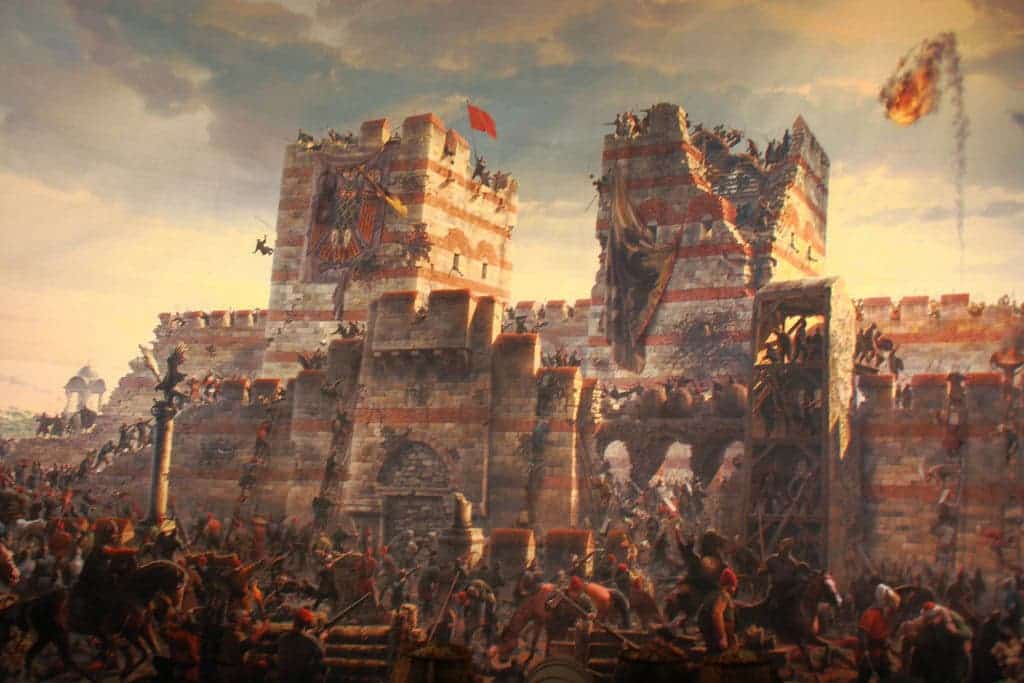
Image credits dmytrok / Flickr.
Vlad, severely outnumbered — accounts say his army was roughly 39,000-strong and had no navy to speak of — used scorched earth tactics to wither the Ottomans.
On the night between June 16th and 17th 1462, the Impaler added insult to injury: he broke into the Ottoman camp to kill or capture the sultan himself — and narrowly missed his tent, killing some high-profile viziers instead.
Later that month, as Mehmed II led his troops to the gates of Wallachia’s capital Targoviste, Vlad unveiled his next ‘surprise’. The city was deserted, robbing the Turks of their victory. In lieu of a fight, Vlad greeted them with a “forest of the impaled“. Thousands upon thousands of stakes — carrying men, women, children, and Ottoman soldiers killed or captured since the invasion — stood as a warning to Mehmed.
“The sultan’s army entered into the area of the impalements […] seventeen stades [stadiums] long and seven stades wide. [Here] about twenty thousand men, women, and children had been spitted [impaled], quite a sight for the Turks and the sultan himself,” Laonikos Chalkokondyles, a Byzantine historian, wrote in The Histories.
“The sultan was seized with amazement and said that it was not possible to deprive of his country a man who had done such great deeds, who had such a diabolical understanding of how to govern his realm and its people. And he said that a man who had done such things was worth much.”
“The rest of the Turks were dumbfounded when they saw the multitude of men on the stakes. There were infants too affixed to their mothers on the stakes, and birds had made their nests in their entrails.”
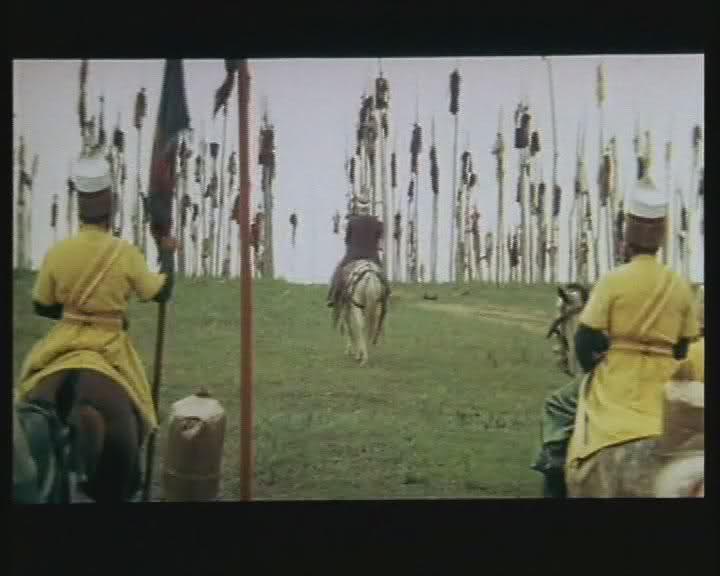
The Sultan left Wallachia, but Radu (at the head of an Ottoman force), remained. Although Vlad defeated him in two different battles, Radu used the threat of another Ottoman invasion to gain support. The Impaler placed his hopes in his Hungarian allies and fled to the mountains in the north.
However, Corvinus didn’t want to fight the Ottomans and captured Vlad in 1462. The voivode was renowned across Europe by this time, however. Venice (who was funding a campaign against the Ottomans) and even the Pope himself demanded to know why he was imprisoned. So, Corvinus had three letters forged. According to the letters, Vlad was planning to side with the Ottomans against Hungary if he would be restored to Wallachia’s throne.
Vlad spent fourteen years in the dungeons of Visengrad.
The Impaler was released in 1475 when Stephen III, voivode of Moldavia, urged Corvinus to release and set him upon the Ottoman-sympathizing ruler that had been placed on the throne of Wallachia — Basarab Laiotă.
Vlad spent his last years fighting the Ottomans on various fronts from Bosnia to Moldovia, where he repaid his debt to Stephen III. On November 16th, 1476, he occupied Bucharest with aid from Stephen’s forces. He was crowned on November 26th. In late December or early January of the next year, the Ottomans sent a new army to reinstate Laiotă.
Vlad the Impaler died in the field fighting against the Ottomans. Accounts say that such was the Turks’ hatred of the voivode that they cut his corpse into pieces after the battle. Such was their joy and pride at finally bringing him down that the ruler’s head was sent to Mehmed II.
We don’t know where — or even if — he was buried. Folk wisdom held that the voivode was inhumed at the Monastery of Snagov in an unmarked tombstone. Excavations carried out in the 1930s, however, revealed that this wasn’t the case.
“Under the tombstone attributed to Vlad there was no tomb,” said Dinu V. Rosetti, the archeologist who investigated the site.
“Only many bones and jaws of horses.”
Vlad the Vampire
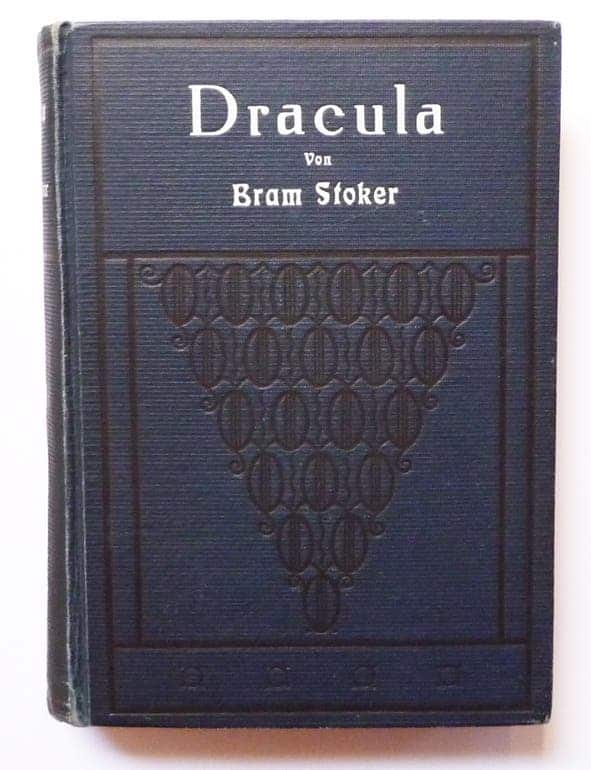
Vlad III, voivode of Wallachia, remains one of the bloodiest monarchs to ever hold a throne.
It’s sometimes difficult to tease away reality from embellishment with the Impaler. Much of Vlad’s story is mired by propaganda. Frequently in conflict with Saxons, Hungary, and other actors in the west, this Impaler was a prime target for defamation. He was feared and often hated by his rivals. But he also captured the imagination of Europe at the time — some of the first-ever bestsellers detailed his exploits.
Both made him a prime target for embellishment and exaggeration, be it at the hands of crowds looking for entertainment or rulers looking for an excuse to remove him. Many sources that detail his life come from Germany or Russia and were printed after he died, and may be unreliable.
Caught between many foes and shifting friends, however, Vlad he had to work with enemies and overlook betrayal from allies to keep his rule and lands intact. The spurred ruler of a small country beset by powerful neighbors, Vlad employed some of the most brutal tactics of psychological warfare — both against his enemies and his subjects — to keep the peace and prosecute war.
He was also a shrewd and effective ruler. Romanian folk tales abound with anecdotes regarding his measures against corruption and theft, as well as his efforts to promote honest work and snuff out ‘laziness’. While these are likely a bit off from the strict truth (they were passed down orally for the largest part), they’re rooted in real efforts Vlad made to better Wallachia. The Impaler promoted fair trade between the three Romanian principalities, punished treason extremely harshly — even among the high-profile nobility — and was the first ruler to attempt and integrate Roma populations in Romanian society.
In the end, Vlad’s rule stands as a testament to the potential hidden in us all. Through his will and effort, this small lick of land between the Danube and the Carpathians held its own against Hungary and the Ottoman Empire, two of the most powerful states of the time. We, too, harbor just as much potential.
At the same time, his is a story of extreme, desperate measures — one that rakes a difficult question for all of us: how far would you go? Would you forgo the lives of your sons to uphold your duty like his father? Would you sow a forest of thousands of the impaled to save thousands more?
Would you become a monster to keep your family, your country, your faith, from those that would do it harm? Do the ends justify the means?
Be careful what you decide — you might just end up a vampire in someone’s book.
